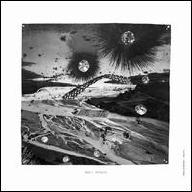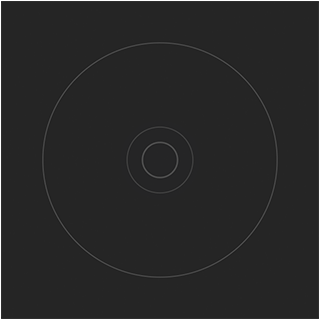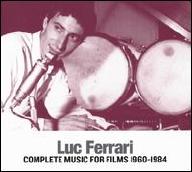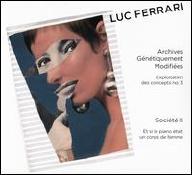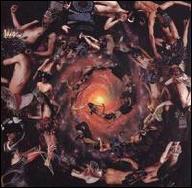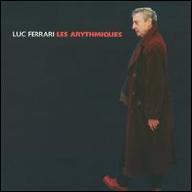As a student, Ferrari had studied composition with Arthur Honegger and piano with Alfred Cortot until 1950. Around 1953, he studied musical analysis and modal theory under Olivier Messiaen. In the mid-'50s, after hearing a live radio broadcast of Varese's Déserts for Tape and Orchestra, Ferrari visited NY to meet the composer, and talked of approaches for thinking about sound and the placement of sound objects, among other ideas. By the early '60s, Ferrari had created Hétérozygote, a musical tale told by ambient sounds. From the mid- to late '60s, he was Professor of Composition at a music school in Cologne, after which he went to Stockholm and taught experimental music. Following this, he spent a year in Berlin and then served as music Director of the Cultural Center of Amiens. In addition to composing, Ferrari also produced invaluable television films during the '60s about the rehearsal processes of Messiaen, Varése, Stockhausen, and others. By 1970, he had finished the "musical photography" piece, Presque Rien No. 1 which made quite an impact when it was released (on Deutsche Grammophon LP), as there were no apparent "musical" sounds. Instead, it demonstrated that music was, indeed, all around us (as John Cage said) by using ambient sounds of a Yugoslavian village, zooming in and out on particular sound sources.
Ferrari founded his small electronic studio, Billig, in 1972. The end of the '70s found him teaching composition at the Conservatory of Pantin. In 1982, he founded "La Muse en Circuit," an electro-acoustic and radiophonic-friendly studio near Paris. It was also this year that he completed his musical theater piece, Journal Intime. The musical was successfully staged in Paris in 1989. By this time, Ferrari had won various awards, including the Prix Italia (1987; for a symphonic tale, Et si Toute Entiere Naintenant), the Karl Sczuca prize for a radio play (Je Me Suis Perdu ou Labyrinthe-Portrait), and the 1988 Grand Prix National from the French Ministry of Culture, for his body of work. In the '90s, Ferrari also received the International Kossevitzky Prize for his three-movement symphony Histoire du Plaisir et de la Désolation, which is found on Luc Ferrari Matin et Soir. Recordings of Ferrari's work are found on various high-quality labels including BVHaast, Sub Rosa, and Tzadik, which released his Cellule 75 in 1998. Ferrari remained active as a composer until his death August 22, 2005. ~ Joslyn Layne, Rovi


